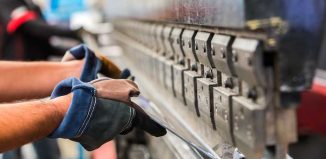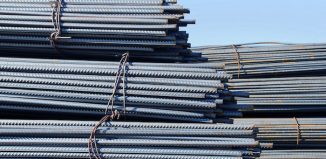Silicone-based polymers are among the most commonly used sealants and adhesives in the world. And you don’t have to search very far online to see just how useful they are beyond sealing gaps around kitchen and bathroom fixtures.
Auto enthusiasts use silicone to seal everything from cracked headlamps to leaking windscreens, and boat owners rely on marine-grade silicones and caulking for bedding and bonding all kinds of watertight hatches, latches, and lids. Fire-rated silicone is a mandatory safety component for filling the bond lines between wall panels in skyscrapers, and even asphalt and pavement silicones are routinely applied to the transverse and expansion joints found on highways and bridges.
The fact is, that silicone polymers enjoy a degree of versatility that’s unrivalled by almost any other compound. That’s why if you’re working on a project that needs a flexible sealer or adhesive with its own special array of properties, you can be sure that there’s a silicone sealant that’s made for the job.
You Get the Perfect Bond Everytime with Silicone-Based Sealants

No matter if you’re a professional renovator caulking custom windows, or an ordinary homeowner looking to fill unsightly cracks in your concrete patio, high-performance silicone sealants can be counted on to deliver permanently flexible, quick-curing hydrophobic bonds between all types of substrates. Unlike high tensile organic polyurethane sealants, inorganic silicone-based caulks and adhesives are formulated specifically to withstand a range of climatic conditions that can ordinarily cause bonds to age, and ultimately to fail prematurely.
Silicone’s natural resistance to environmental extremes is the key to its superiority. In a country like Australia where wide temperature swings can affect bonding surfaces, the properties found in a durable silicone sealant offer a host of advantages that include:
- 100% water repellency, with the ability to adhere to smooth surfaces;
- High thermal stability with low thermal conductivity;
- Superior resistance to fungal and microbial growth;
- Exceptional resistance to inorganic chemical and distillate exposure; and,
- Natural non-conductivity in the presence of electrical charges.
Silicone-based compounds are also highly resistant to shrinkage, separation, or brittleness, allowing them to form a polymer backbone that’s easily formulated to meet a wide range of industry-specific criteria.
Silicone Additives Give You the Enhanced Bonding Properties You Need
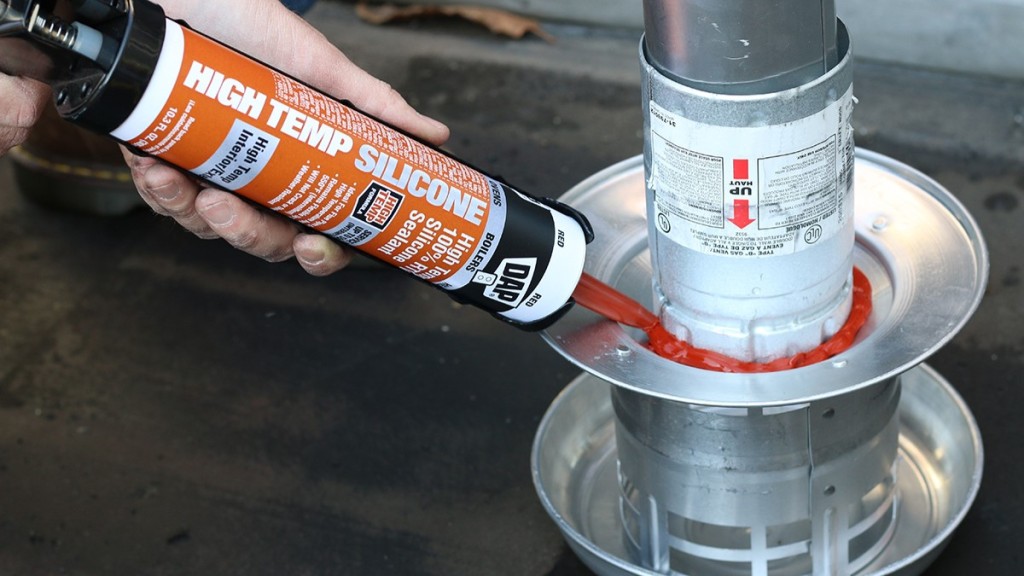
Make no mistake: from the general-purpose silicone grout caulk found in every home, to the high-temperature industrial silicone used on industrial ovens, no other polymer compound offers the all-round indoor and outdoor adaptability that silicone does. There are even specialized types of silicone sealant for sale with filler additives formulated to enhance specific working properties, such as:
- Strength and mechanical properties;
- Adhesion and formability;
- Flow and curing rate;
- Weather and chemical resilience; and,
- Damping and energy dissipation properties.
And while silicones are ordinarily used as a supplement to conventional bonding and joining methods like screws and rivets, you can also buy silicone sealants and adhesives online with permanent additives that can allow them to replace conventional bonding methods. These special formulations are designed to eliminate conventional joint stresses and improve torsional load distribution even better than welded joints.
Caulks and Adhesives Formulated to Bond to Any Substrate
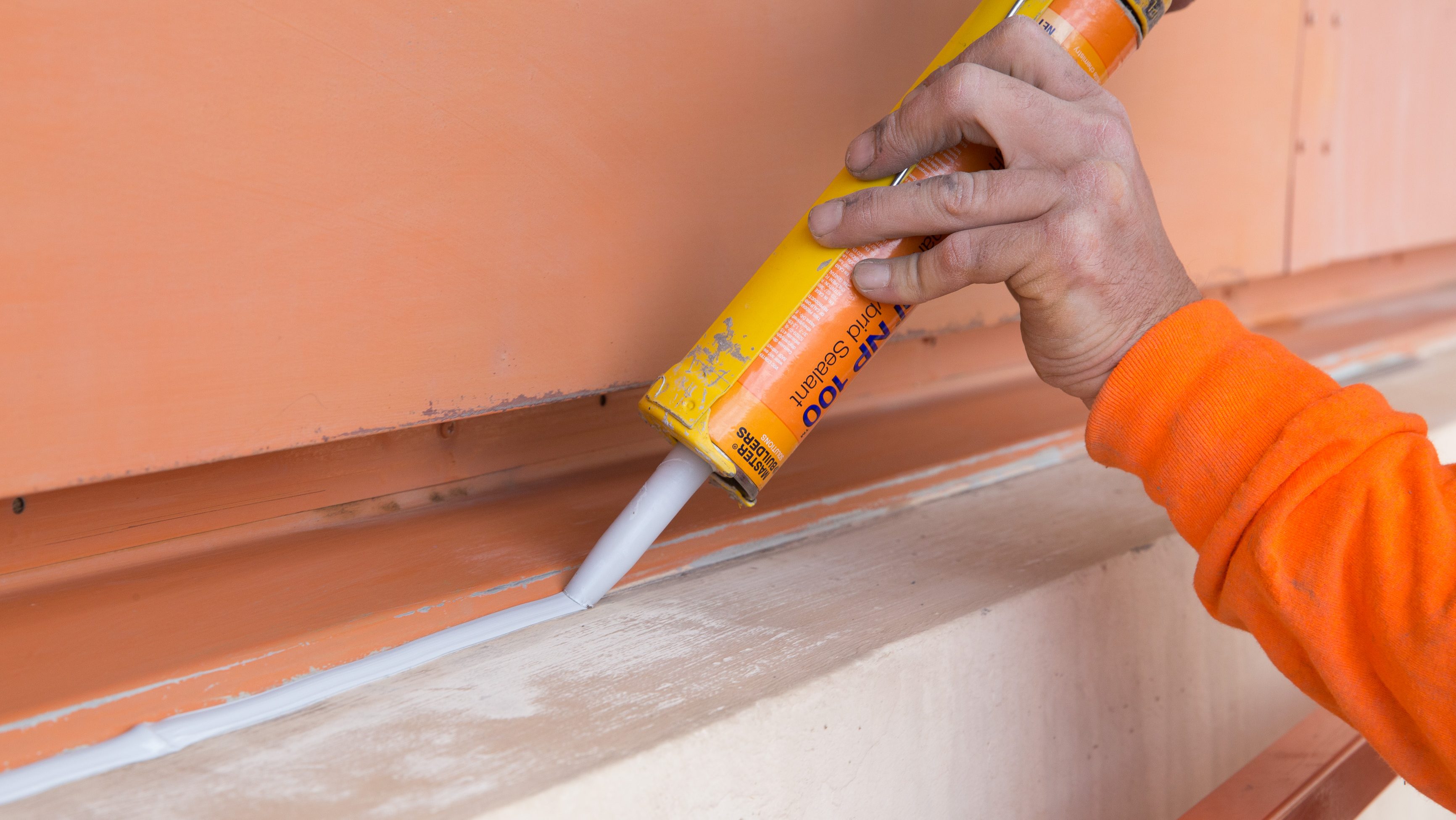
Silicone’s amazing ability to adhere to any substrate is one of its most essential qualities, and it’s especially important when it comes to bonding dissimilar substrates that require high tensile strength. Only a high-performance silicone joint sealant has the combination of strength and damping properties to bond a glass windscreen to a painted metal A-pillar, or the mixed aluminium and steel structural panels used in bus and truck manufacturing.
Silicone offers a lighter, more cost-efficient bond than any other fusing method, particularly where structural integrity is required, and can be used with any type of substrate, including:
- Metal, glass, or similar smooth, non-porous substrates;
- Fiberglass, vinyl, PVC, or other composite substrates; and,
- Stone, brick, concrete, and other aggregate substrates.
Silicone sealants also provide non-destructive bonding power. Their application doesn’t compromise the strength of the substrate, nor does it leave a finish that needs reworking.
Understanding the Role That Elasticity Plays in Silicone Selection
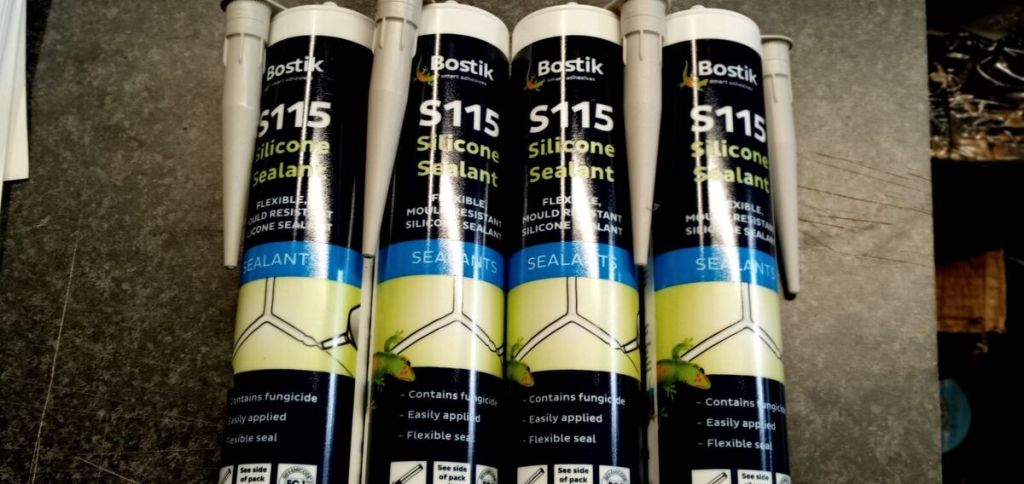
Regardless of whether you’re looking for a high-strength structural silicone sealant, or a fully hydrophobic silicone grout sealer, elastic stability is the compound’s most notable property. Compression modulus is a measurement of a sealant’s ability to resist compression, and is expressed in gigapascals (Gpas).
In Australia, manufacturers like Soudal, Bostik, and Sika are synonymous with some of the most complete ranges of low and high-modulus silicones you can buy. Low modulus (LM) silicones allow for the added flexibility that’s needed when weather or temperature changes can affect a substrate, while high modulus (HM) silicones provide the rigid stability that immovable substrates need.
The applicability of both LM and HM needs to be considered thoroughly though, as sealant choice can be impacted by:
- Substrate surface chemistry and composition;
- Substrate water absorption rate; and,
- Specific peel, and impact strength of the sealant.
And while paint won’t adhere to silicone you can buy silicone sealant in a wide enough assortment of colours that you never have to worry about whether an application is going to match your substrate.
The Final Word

At the end of the day, not only are silicone compounds resistant to environmental extremes, but they’re effectively capable of performing many of the bonding and sealing jobs that are normally done mechanically. And as they don’t require any extensive tools or equipment they also offer a time and cost benefit that simply isn’t possible with other joining methods.
When you need a durable, lightweight bond that’s guaranteed to last, high-performance silicone sealants are the answer. They only require proper surface preparation to give you the perfect bond every time, no matter which type of substrate you’re working with.

